It was a scene reminiscent of the opening of a Western. A train pulls up and three desperados alight.
It was, though, staged in the wild west of Ayrshire in the early sixties. The three hombres heading into town were my grandpa and my brother and myself. My grandpa was of indeterminate age. We were about eight and six.
It was the first fitba’ away day for my brother and myself. We were veterans of Greenfield Park, home of Shettleston. We had climbed aboard the Iron Horse for that most violent of shoot-outs – a Scottish Junior Cup tie. The venue was Darvel. Even as a youngster, I realised it was a one-horse town. And said horse was lame.
But it was a day to be impressed. The train journey was free because grandpa was that exemplar of working-class aristocracy: a train driver. His reputation was enhanced when on arrival in town, he told us: ‘Just stay here. I’ve a wee bit of business to do.’
Business? In this wee place? What a man.
We sooked our sweeties and puffed out our chests, proud to be associated with such an enterprising character. Of course, grandpa was heading for the saloon. We whiled away the time, corralled with other youngsters as their guardians did the same.
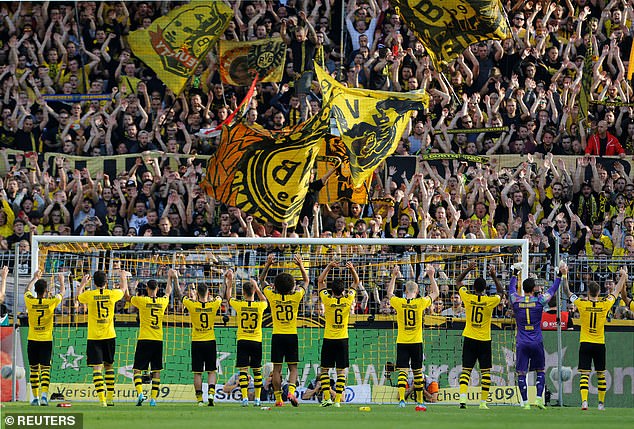
Hugh MacDonald has gone from the intensity of Borussia Dortmund’s Westfalonstadion…
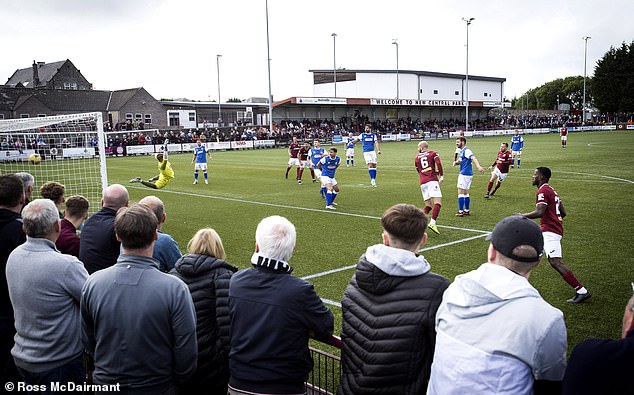
…to the more simple pleasures of watching Kelty Hearts play at New Central Park
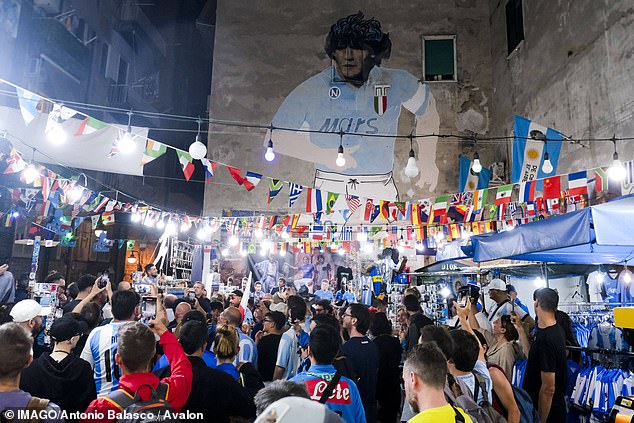
On The Road joined the pilgrims paying homage to the late, great Maradona in Naples
Then, reunited with our entrepreneur, we headed to the ground. The exact details of what happened immediately thereafter escape me. But it was a significant day. More than 60 years on, I still embark on away days.
These mostly encompass the lower reaches of Scottish football. The Lucartys, Lesmahagows and Lethams are now the staple of my weekend travels. But I have also ventured with the passport. I have paid homage to Maradona in Seville, Barcelona, Naples and at Boca and Argentinos Juniors.
I have traipsed in the wake of Borussia Dortmund across much of Germany and in the wonder of the Westfalen. I have watched football on five continents.
The journey has encompassed several eras: a young fan at Shettleston and Celtic, a season ticket holder at Stirling Albion with my two kids, a sportswriter, and now largely as a football tourist, paid or unpaid.
Football has consumed much of my life. I say this without regret. It has forged family bonds. My brothers text me their views on a regular basis. My nephews make their point at weddings and, yup, funerals.
My daughter remembers the day I could not drive for 30 minutes after a match at Broadwood because my feet could not feel the clutch or accelerator. The German crew invoke the walk along the river to the stadium of Werder Bremen or the night in Koln when VAR, then a new-born baby, caused chaos.
My son recalls walking into the La Bombonera with me and then surveying the pitch. There is a photograph of that on my bedroom wall but no reminder is needed.
I tried for the purposes of this article to try to make a count of the stadiums I have visited. But abandoned that idea because of the length of time it would take and the certainty that this auld dodderer would forget a few. And then remember them. And them remember some more.
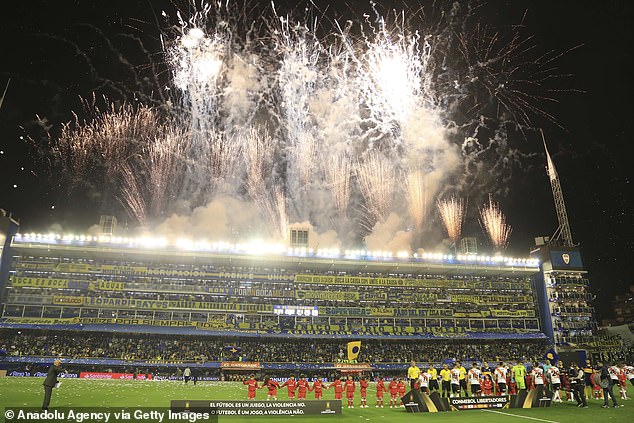
Boca Juniors fans show their support during the match against fierce rivals River Plate
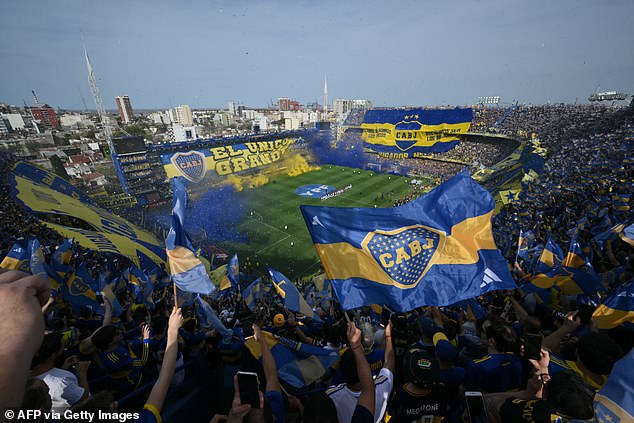
The experience inside Boca Juniors’ La Bombonera is one that will certainly never be forgotten

Watching Brazil play at Lusail Stadium during World Cup in Qatar was once in a lifetime stuff
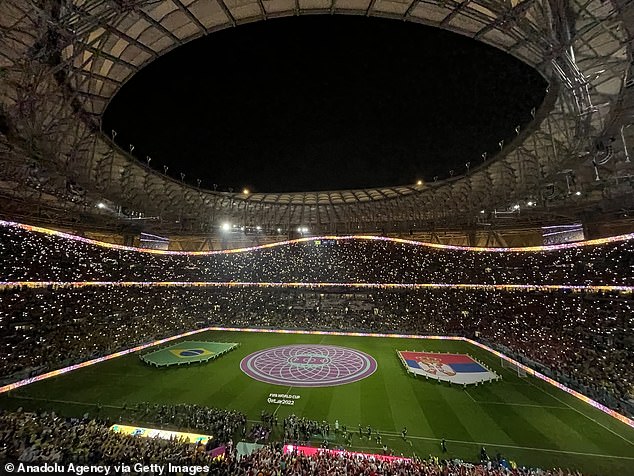
A view of Lusail Stadium prior to the World Cup match between Brazil and Serbia in 2022
They exist somewhere in the napper. There are the spectacular images that come to mind readily. Walking from Argentinos Juniors to Maradona’s house brings powerful emotion. I can recall, too, the fear felt when striding down the tunnel to the mixed zone at the Marakana, home of Red Star Belgrade and eagerly belligerent riot police.
The World Cup in Qatar satisfied a lifelong ambition to watch Brazil in the greatest show on Earth, this time at the fabulous Lusail Stadium. It also gave us – my son and our mate – the opportunity to visit Al Bayt, the stadium known as the tent in the desert.
However, there are grounds closer to home that provoke softer but still enduring memories. The On the Road feature has taken me to places that were not on any life itinerary that I had planned.
The long drive to Fraserburgh and the pitch with God in the corner (there is a church behind the corner flag) The walk through the wee club at Luncarty that reveals a plush park in the lee of a gentle slope that is the perfect place to park oneself for a match.
The Narnia gate at Thorniewood that takes one from the reality of Uddingston to the bucolic setting of Robertson Park.
All this, I suppose, is why I was recruited to write my impressions of the 41 grounds that host the 42 clubs in the SPFL. I was a willing contributor.
These grounds have been a huge part of my life from being a grandson, to being a father, to being a worker, to being a fitba’ flaneur.
Some details of the grounds had to be checked. But the impressions remain strong. The football department in my brain is eerily resilient.
I can tell you a stereotypical Ipswich Town line-up from the 1970s. My pin numbers, in contrast, can be as elusive as George Best on a run to goal.
I became an unwitting completist of Scottish senior grounds sometime in the 21st century. I think Kelty or Bonnyrigg were the ones that completed the set but my obsession is not with box-ticking, simply with visiting fitba’ grounds.
It is why I will take a train from Bremen to Bielefeld for a bit of Buli 2 action or walk down to Bluebellwood behind my house (more accurately described as a pebble-dashed scout hut) for a spot of Caledonian League action.
The SPFL grounds were, of course, mostly first visited in the 1960s and 1970s. Many first came into view at the end of trips on supporters’ buses where the bulk of carry-outs would shame the capacity of those ocean-going container ships. In simple terms, we all had a cargo.
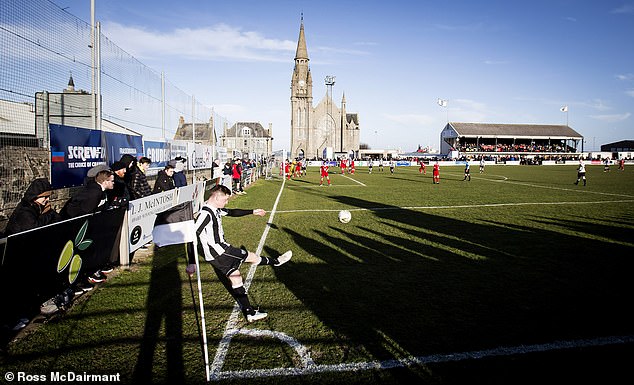
Playing towards the church in the corner at the wonderfully eccentric ground in Fraserburgh
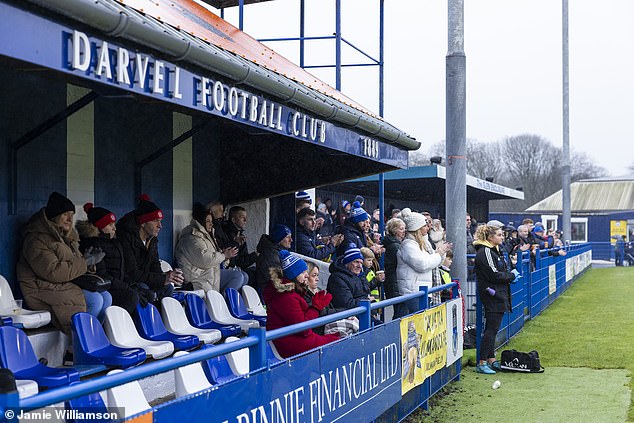
Darvel’s Recreation Park, which was where it all began for Hugh MacDonald back in the 1960s
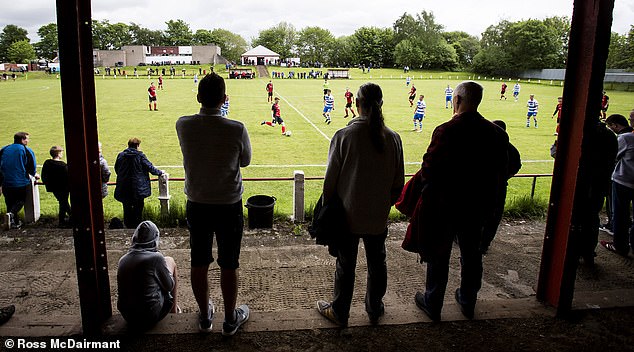
Catching the action as Thorniewood United play Kilwinning Rangers at Robertston Park
But there was an excitement about visiting grounds that was never dulled by alcohol. It remains to this day.
The grounds that I accessed through clanging turnstiles and onto vast terraces have largely become the haven of the smartcard and the bucket seat.
However, their significance has not changed. A football fan’s home ground is his castle. It may be dented by battles past and in need of care by Historic Scotland, but it remains home to memories and to hope.
My list is meant to rank them. I have done so with a subjectivity and whimsy that may annoy some. All will disagree, of course.
This, though, is the point. Every stadium has a significance for the individual fan that no one else can quite access. We can, though, agree on the principle that grounds are much more than spots for kicking a ball. They are important to us all.
In the dog days of 2024, some 60 years on, I travelled back to Recreation Park, Darvel. It was cold, wet and prematurely dark on a Saturday afternoon. But it was also glorious and warming. I remembered my boyhood, long gone, Shettleston FC, now gone, and my grandpa, grievously gone. This all should be irredeemably sad. But it wasn’t.
It is a privilege to remember. For this and much more, I am grateful to fitba’ and wherever it is played.
■ Don’t miss Scotland’s 41 senior grounds ranked from worst to best … where will your club’s home ground end up?
■ Catch Hugh MacDonald’s definitive list this week, only on www.dailymail.co.uk/scotland







